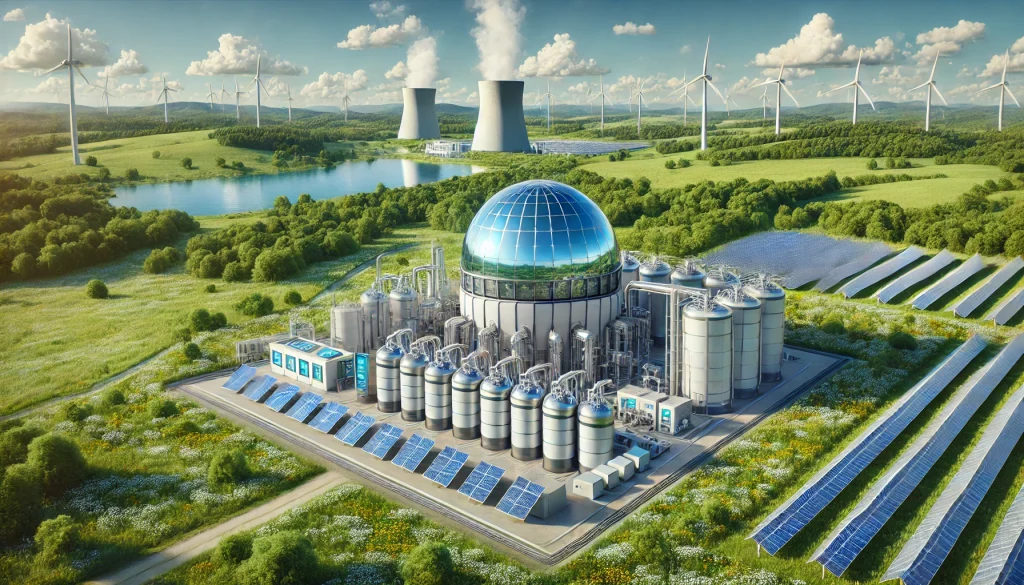The following note is an opinion on possible scenario of energy market development.

There have been recent reports that large tech companies, such as Google and Amazon, have signed agreements with Kairos and X-Energy, respectively, to provide small modular reactors (SMRs) to power their data centres. The increase in energy demand is largely attributed to the growing requirements of data centres supporting AI development.
The rise in interest in SMR technology has led us to consider what impact this might have on the market stance of renewable technologies (e.g., solar and wind) and how it could potentially affect the development of hydrogen if SMR technology gains a strong foothold.
Nuclear power plants (NPPs) traditionally supply baseload electricity to the grid. This combination of reliability and large energy output has made SMRs a preferred choice for big tech companies. It is clear that the energy sector requires decarbonization; however, the intermittency associated with renewable energy makes it challenging for companies to rely solely on these sources. This is a primary reason why major tech companies are turning to SMRs.
So, what kind of impact could the development of SMR have on the renewable energy industry? First, and most obviously, the demand from big tech for wind and solar installations may be displaced by SMRs. While we cannot quantify this impact precisely, it is reasonable to assume it will be substantial.
Second, although the installation of SMRs for data centres may not significantly affect the overall electricity market balance or supply, the investment from big tech could help the SMR industry develop a relatively cheap and reliable source of energy. Such sources might eventually be deployed outside of big tech’s operational scope, supplying a broader economic base.
We anticipate that grid operators will prioritize SMR electricity within the supply system. Initially, SMRs are likely to replace gas and coal stations that currently provide baseload power. SMRs entering the general electricity market would affect both electricity supply and pricing. It should be noted that the Levelized Cost of Electricity (LCOE) for SMRs includes not only capital expenditures (CAPEX) but also decommissioning and fuel storage costs. Therefore, nuclear energy will likely remain more expensive than renewables. On the other hand, nuclear plants lack the flexibility of renewables; they cannot easily adjust or reduce their load.
Thirdly, it is uncertain whether the demand from data centres will remain constant or continue to rise. If demand stabilizes, a significant portion of electricity could be redirected to the broader market. In this scenario, if SMRs are forced to compete with renewable energy, their minimum selling price could be defined by variable SMR costs, potentially driving down the overall price of electricity. However, we see this as unlikely, as regulatory bodies would likely intervene to ensure long-term investment in the industry.
Finally, the widespread adoption of SMRs could create favorable conditions for hydrogen production.
It’s important to note that SMRs are far more complex than solar or wind technologies, requiring sophisticated supply chains and highly qualified personnel for construction and operation. The funding required per unit of generation is also significantly higher, which may pose a barrier to rapid development.
In conclusion, the entry of SMRs into the energy market will undoubtedly send shockwaves through the electricity supply industry. However, given the complexity of nuclear facilities, this shift will likely be gradual and subject to considerable uncertainty. The availability of affordable, reliable electricity could also foster growth in hydrogen-related businesses.
#SMR #Hydrogen #RenewableEnergy #SolarPV #WindFarm

Leave a Reply